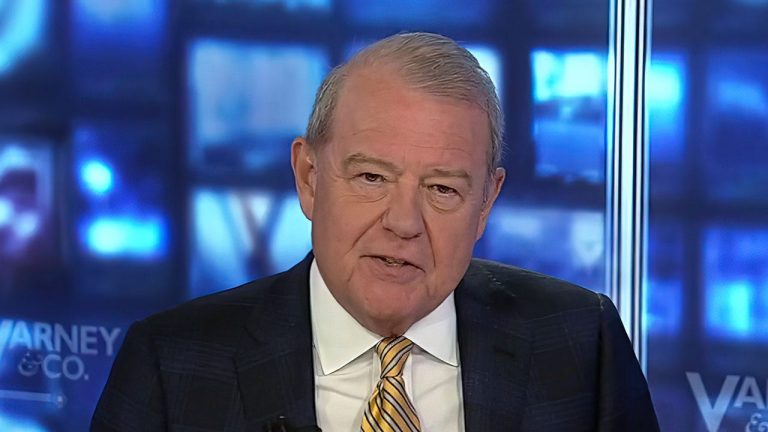

Kohler is CEO of the Regional Task Force on Homelessness and lives in Downtown San Diego.
Much like other big cities across the country, San Diego is facing a homelessness crisis. The difference: Our city leaders are taking meaningful steps to address this emergency with a multifaceted approach, including major investments in outreach, shelter, services and — most important by far — housing.
Last week, the Regional Task Force on Homelessness released a new data set showing that from October 2022 to September 2023, for every 10 people who we housed, 16 experienced homelessness for the first time.
While that data may seem daunting, a closer look shows reasons for optimism. Over 1,000 fewer people experienced homelessness in our region for the first time during the 12 months the data was collected versus the previous 12 months. Meanwhile, the number of people housed fell by more than 3,000 compared to the 2021-2022 data set. With the lack of more emergency housing vouchers in 2023, an unrelenting increase in the cost of renting across our region, and the lack of large projects, like Father Joe’s Villages’ St. Teresa of Calcutta, coming online, we see the direct correlation between a lack of housing opportunities and exits from homelessness in this data set.
Our lack of available housing has real impacts on our region. A recent RentCafe report from 2023 shows San Diego has 17 prospective renters for every unit on the market. While our vacancy rate has improved since earlier this year, now at 4 percent vs. 1.7 percent, that kind of tight market leads to more individuals experiencing homelessness.
Those of us working to solve homelessness see what a daunting challenge it is, getting thousands of people off the streets and into permanent homes, only to have more people in our region experience homelessness for the first time because of skyrocketing rents.
Following a series of strong initiatives designed to spur homebuilding across the city of San Diego, Mayor Todd Gloria has proposed Housing Action Package or HAP 2.0, his second package of incentives and regulatory changes that could lead to many thousands more desperately needed homes being built over the next decade. The City Council is set to vote on the legislation next week.
HAP 2.0 creates several new tools to address the ongoing homelessness crisis, specifically for seniors, people with disabilities, students and people at risk of falling into homelessness. Although the public conversation about the policies has focused on a few specific items, it’s worth reviewing what else is in this package.
One place this new package leans in building on the already-successful ADU bonus program. HAP 2.0’s amendments to this program would incentivize the construction of accessory dwelling units that meet the needs of seniors — who now account for roughly 30 percent of the population of individuals experiencing homelessness.
Single-room occupancy homes are another housing type that meets the needs of very low-income households at risk of falling into homelessness or those trying to remain housed. It’s a bedroom with shared kitchen and bathroom facilities, like a college dormitory, but it’s a vital missing piece to our housing supply
In 2022, the average single-room occupancy rental rate was $895, compared to the city’s median one-bedroom rental rate of $2,400. In the 1980s, San Diego had over 14,000 single-room occupancies. Today, the city has less than 3,000 affordable homes — nearly an 80 percent decrease. The mayor’s housing package creates a streamlined approval process for creating new single-room occupancies to bring back this much-needed housing type.
The package also includes policies promoting the construction of moderate-income homes, protects residents from harmful industrial uses in environmental justice communities, and incentivizes the conversion of empty shopping malls and large parking lots into housing, among other important reforms.
With some modest amendments following last month’s delay in approving HAP 2.0, this pro-housing San Diego City Council now has the chance to bring this package across the finish line at the upcoming meeting on Dec. 12.
Our ability to address our homelessness crisis depends on significantly increasing our housing supply. This will moderate rents from rising and push more San Diegans into homelessness. We cannot afford to delay big decisions any further. Everyone in our city and our region feel the burden of our regional housing crisis and I look forward to the City Council approving the mayor’s Housing Action Package 2.0.







